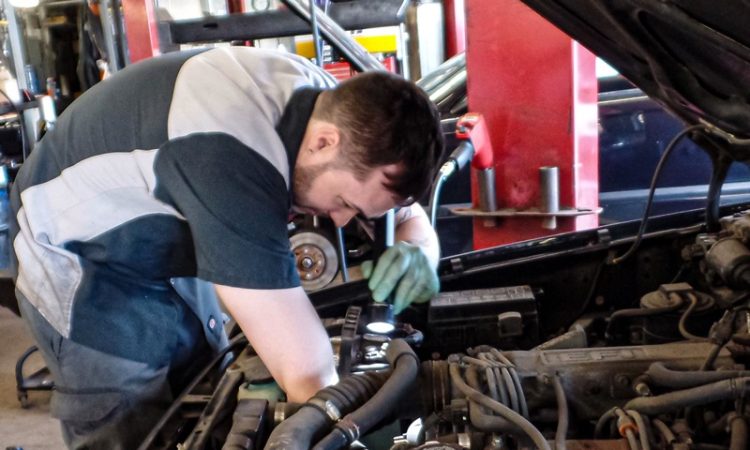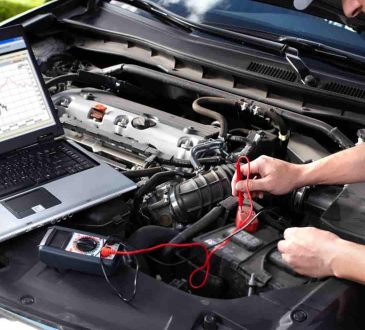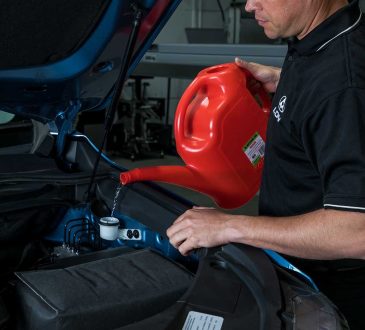
A car bumper is a protective component mounted at the front and rear ends of a vehicle. Its primary role is to absorb and reduce the force of impact during collisions, especially low-speed crashes. While bumpers often get attention for their aesthetic appearance, their underlying purpose is safety. They act as the first line of defense by minimizing damage to the vehicle’s vital parts such as the engine, radiator, headlights, and trunk. Understanding how bumpers work can help you appreciate their critical role in protecting both your vehicle and its occupants.
How Bumpers Absorb and Distribute Impact Force
Modern car bumpers are designed with impact-absorbing materials like foam, plastic, and metal reinforcements. When a collision occurs, the bumper compresses to absorb the kinetic energy, which reduces the force transferred to the rest of the vehicle. This energy dispersion prevents more severe damage to the car’s frame and internal components. Behind the outer plastic cover, a structural reinforcement bar and an energy absorber (usually foam or honeycomb materials) work together to cushion the impact. By deforming upon impact, the bumper helps reduce injury risk to passengers and other road users. Going for the Auto Repair in Simi Valley, Ca based service would be essential here.
The Importance of Bumper Design in Safety Standards
Car bumpers must meet specific safety regulations that dictate their performance in crash scenarios. These standards ensure bumpers can withstand certain impact speeds without causing excessive damage or injury. Manufacturers carefully design bumpers to balance aesthetics, durability, and crash absorption capability. Advanced technologies like crumple zones and integrated sensors work alongside bumpers to improve overall crash safety. For example, bumpers with sensors can detect impacts and trigger safety systems such as airbags. Therefore, a properly designed bumper plays a vital role in your vehicle’s comprehensive safety system.
Limitations and Common Misconceptions About Bumpers
While bumpers are crucial for impact absorption, they are not invincible. They are primarily designed to handle low to moderate speed impacts (usually up to 5-10 mph). In high-speed collisions, the bumper alone cannot prevent significant damage or injury but helps reduce it. Some people mistakenly believe bumpers make their cars “crash-proof,” which is not the case. Additionally, aftermarket or damaged bumpers may not perform as well as original manufacturer parts, potentially compromising crash protection.
Maintaining Your Bumper for Optimal Protection
To keep your bumper functioning as intended, regular care and maintenance are essential. Avoid neglecting small cracks, dents, or scratches, as these can weaken the bumper’s structural integrity over time. If your car has been involved in a collision, have the bumper inspected by a professional to assess any hidden damage to impact absorbers or reinforcements. Proper alignment is also critical since a misaligned bumper can reduce its ability to absorb crashes effectively. Keeping your bumper in good condition ensures it provides the best possible protection in an accident.
In summary, the car bumper plays a pivotal role in crash absorption by dispersing impact forces and protecting critical vehicle components. Understanding its function and maintaining it properly helps maximize your safety on the road.




